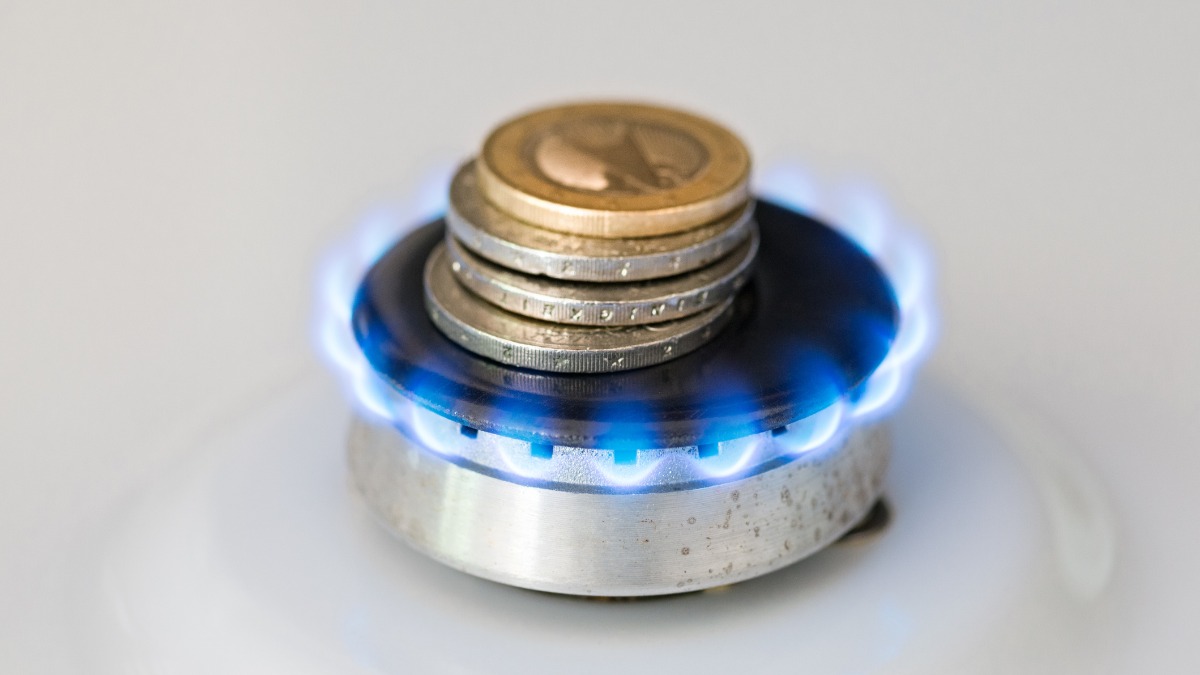Monsters of Ro … er, Energy: Embattled MinRes scores $1.1bn payday from Gina for gas business

Pic: Getty Images
- MinRes soars as Hancock spends $1.1bn – cash – on Perth basin gas projects
- IGO completes cost estimate for Greenbushes plant upgrade
- Materials, energy sectors drag
Better known for its lithium production, Mineral Resources (ASX:MIN) has been dabbling with gas in Western Australia for some time now, starting with its snapping up Empire Oil & Gas’ assets in 2017 after the junior explorer defaulted on a $15m loan.
While that netted the Red Gully gas processing facility – the first dedicated facility of its kind to be constructed in the onshore Perth Basin, the real prize came in 2021 when the company found the Lockyer gas field.
This targeted the Kingia Sandstones that was first found to be (very) gas-bearing by AWE and Origin Energy (ASX:ORG) at the Waitsia field.
Since then, the diversified miner has pumped in more exploration into EP 368 and EP 426, leading to its defining a maiden best estimate (2C) contingent resource of 435 petajoule sales gas with 3.3 million barrels of associated condensate.
For context, each petajoule equates to about 0.95 billion cubic feet (Bcf) of gas with 1Bcf being enough to power more than 24,000 homes for a year, so that’s a pretty hefty resource by any standard.
While the company had ostensibly said the gas would be locked in for its mining operations, there were many who queried why it was doing so.
MinRes then appeared to have asked itself the same question and noted in September that it was open to selling its Perth Basin gas assets. The news followed months of speculation over its balance sheet, loaded up with some $4.4bn in net debt positioning after splurging hundreds of millions on stakes in lithium juniors and the Bald Hill lithium mine near Kalgoorlie in a frothy and now terribly flat lithium market.
Fast forward to the end of October and the company has now reached a deal to sell EP 368 and EP 426 to Gina Rinehart’s very much cashed-up Hancock Prospecting for up to $1.1bn, parting with some of the $2.8bn in cash it banked as dividends from the 70% owned Roy Hill mine.
Under the binding agreement, Hancock will pay MinRes an upfront consideration of $804m for the two permits and their rich gas resources on completion, which is expected before year end.
Further payments totalling $327m will be made on meeting certain resource thresholds and classifications for the Moriary Deep Prospect and the Lockyer gas and Erregulla oil discoveries.
The response from the market
Jarden’s analysts forecast (correctly) that the market would respond positively to the sale which overshadows MinRes’ weak quarterly result.
For MinRes it’s a welcome shot in the arm, its shares rising 9.2% after a torturous period of losses linked to the personal travails and an investigation into the conduct of its iconic founder Chris Ellison, described by Rinehart as a ‘friend’ in Hancock’s release on the deal today. The sale follows the $1.3bn deal with Morgan Stanley Infrastructure Partners over a 49% stake in the haul road for the company’s new Onslow Iron mine.
Jarden noted that the upfront cash consideration of $804m compared favourably to its $400m valuation and might assist in alleviating immediate balance sheet pressure.
However, the deal doesn’t mark a complete exit from the Perth Basin – or oil and gas for that matter – for MinRes.
The company has handed Hancock 50% stakes in its remaining onshore Perth Basin and Canning Basin exploration acreage under two separate joint ventures while remaining as operator.
However, Hancock is on the tap for funding 100% of the post-final investment decision development costs for these assets in the event that a commercial discovery is made and a joint decision to develop is agreed to.
It’s all handy for MinRes, which is bleeding at its WA lithium mines.
Mt Marion produced 68,000t of 4.1% Li2O concentrate (on a 50% basis), shipping 89,000t or 60,000t on a SC6 basis as MinRes followed through on promises to trim back production. Its average price came in at US$550/dmt, converted to US$813/dmt on a 6% Li2O basis.
Bald Hill sold 43,000t (38,000t SC6) at US$675/dmt (US$791/dmt on a 6% basis), while MinRes’ half of Wodgina produced 51,000t of 5.4% Li2O concentrate, shipping 46,000t at a price of US$763/dmt (US$842/dmt SC6).
Since the start of FY25, MinRes says it’s cut around 570 roles from head office, the wind down of construction at Onslow Iron and roster changes at its lithium mines.
SC6 spot prices were sitting at over US$8000/t in late 2022, demonstrating the scale of the slide for lithium producers.
MinRes’ results weren’t the only big ticket lithium news today. IGO (ASX:IGO) announced the final capital estimate for Greenbushes’ third spodumene plant today, which is due to deliver first ore in Q2 FY26.
It will cost IGO (24.99%) and co-owners Tianqi (26.01%) and Albemarle (49%) $880m, with $270m left to spend. That was $30m above estimates from RBC, which had tipped a capex estimate of $850m. The stock was largely unchanged.
The materials sector fell 0.68% today, with energy stocks down 0.46%.
Making gains
Mineral Resources (ASX:MIN) (lithium/iron ore) +9.2%
Silex Systems (ASX:SLX) (uranium) +4.6%
Gold Road Resources (ASX:GOR) (gold) +4.2%
Capstone Copper Corp (ASX:CSC) (copper) +3.7%
Eating losses
Nickel Industries (ASX:NIC) (iron ore) -6.2%
Mader Group (ASX:MAD) (mining services) -4.3%
Liontown Resources (ASX:LTR) (lithium) -2.9%
Resolute Mining (ASX:RSG) (gold) -2.4%
Related Topics

UNLOCK INSIGHTS
Discover the untold stories of emerging ASX stocks.
Daily news and expert analysis, it's free to subscribe.
By proceeding, you confirm you understand that we handle personal information in accordance with our Privacy Policy.








